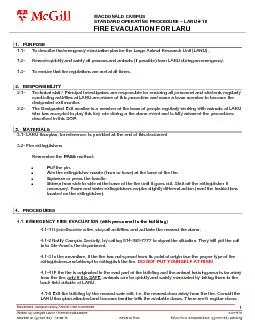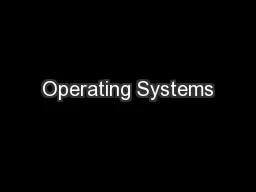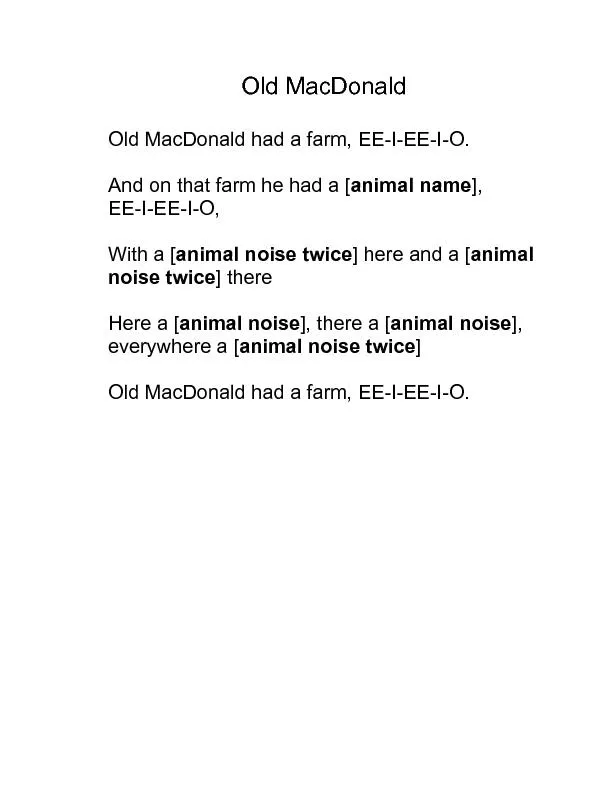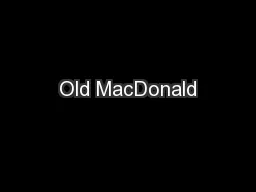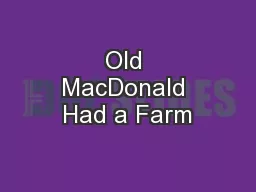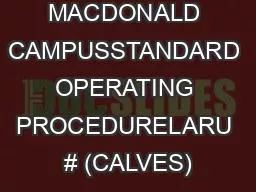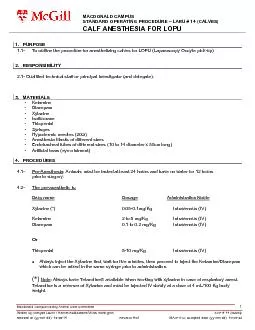PDF-MACDONALD CAMPUSSTANDARD OPERATING PROCEDURELARU 16
Author : susan | Published Date : 2021-07-06
FIRE EVACUATION FOR LARU Macdonald Campus Facility Animal Care Committee Written by Denyse Laurin Hernan BaldassarSOP Revised on yyddRevision 00MACFACC accepted
Presentation Embed Code
Download Presentation
Download Presentation The PPT/PDF document "MACDONALD CAMPUSSTANDARD OPERATING PROCE..." is the property of its rightful owner. Permission is granted to download and print the materials on this website for personal, non-commercial use only, and to display it on your personal computer provided you do not modify the materials and that you retain all copyright notices contained in the materials. By downloading content from our website, you accept the terms of this agreement.
MACDONALD CAMPUSSTANDARD OPERATING PROCEDURELARU 16: Transcript
Download Rules Of Document
"MACDONALD CAMPUSSTANDARD OPERATING PROCEDURELARU 16"The content belongs to its owner. You may download and print it for personal use, without modification, and keep all copyright notices. By downloading, you agree to these terms.
Related Documents

